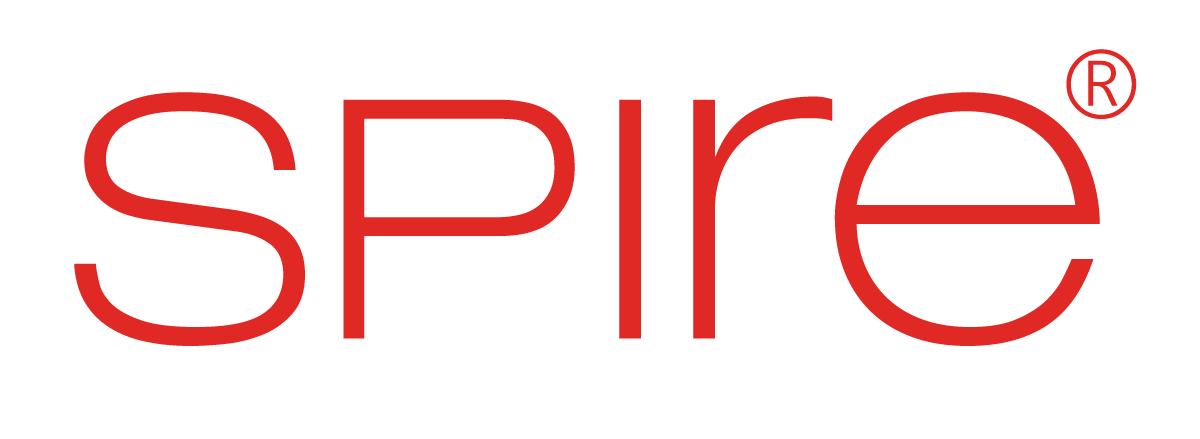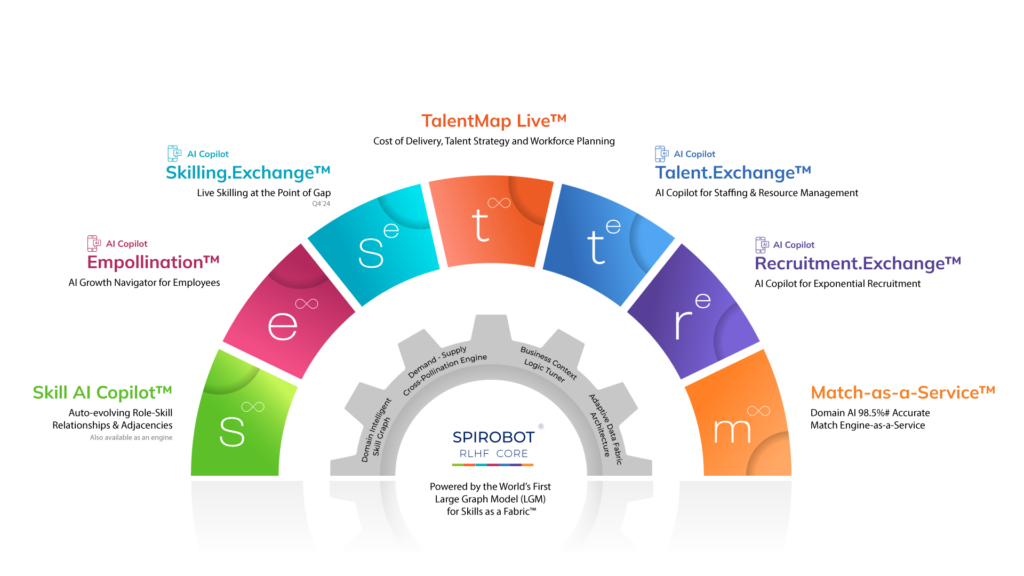The global business arena is undergoing a seismic shift. Fortune 500 companies, long seen as stalwarts of industry, face a pivotal challenge: adapting to an era defined by technological disruption, rapid market evolution, and the growing demand for agility in talent management. The traditional frameworks of role-based organizations are no longer sufficient to keep pace. Organizations must embrace a transformative model—the Skills-Based Organization (SBO).
An SBO represents a fundamental shift in how companies think about their workforce. It replaces rigid hierarchies and static job roles with a dynamic, skills-first approach that prioritizes adaptability, innovation, and alignment with ever-changing business goals. By focusing on skills rather than titles, companies can unlock untapped potential, bridge critical talent gaps, and future-proof their operations in a competitive global economy.
This blog explores the transformative journey toward becoming an SBO. From building dynamic skill frameworks to fostering a culture of continuous learning, we outline actionable strategies that Fortune 500 companies can adopt to lead this revolution in workforce management.
Why Transition to a Skills-Based Organization?
Traditional Role-Based Organizations (RBOs) emphasize predefined roles, hierarchical structures, and job titles. While effective for stability, this approach often fails to adapt to changing business needs. Key challenges with RBOs include static skill matrices, reactive talent development, limited career visibility, and inefficient internal talent utilization.
Static skill matrices form the backbone of RBOs, but their rigidity creates significant barriers to adaptability. These matrices are manually updated, making them slow to reflect new technological advancements or market demands. As a result, they misalign workforce capabilities with organizational goals, leaving businesses ill-prepared to address emerging skill gaps. The absence of actionable insights further compounds these issues, reducing the overall effectiveness of talent strategies.
Talent development in RBOs is often reactive rather than proactive. Training programs typically address skill gaps only after they become critical, leading to delays in response times. This approach often applies a generic, one-size-fits-all methodology that lacks personalization and fails to consider individual employee aspirations. Consequently, valuable resources are expended on initiatives that yield limited impact, leaving workforce readiness compromised.
Career progression within RBOs is frequently opaque, leading to frustration and disengagement among employees. The lack of clear visibility into potential career paths or how existing skills align with future roles hampers motivation and retention. Employees may feel stagnant, perceiving fewer opportunities for growth within the organization, which undermines long-term engagement.
Finally, RBOs often underutilize their internal talent. Without dynamic frameworks to identify and deploy existing skills effectively, organizations tend to rely heavily on external hiring—an expensive and time-consuming process. This lack of internal mobility stifles innovation, as the inability to adapt to cross-functional needs restricts organizational agility.
The Core Pillars of an SBO
Transitioning to an SBO requires a foundation built on three core pillars: dynamic skill frameworks, moving beyond static matrices, and fostering a culture of continuous learning.
Dynamic skill frameworks are essential for creating an adaptable organization. These frameworks continuously evolve to reflect emerging industry trends and changing business needs. By linking skills directly to organizational objectives, they enable precision mapping of tasks and roles, ensuring greater clarity and alignment. The integration of such frameworks not only enhances agility but also strengthens decision-making processes by providing real-time insights.
Moving beyond static skill matrices involves embracing automation and integration. Auto-evolving role-skill architectures eliminate the administrative burden of manual updates and ensure that skill data remains current. Centralized platforms aggregate skill information across functions, breaking down silos and fostering collaboration. Additionally, skill adjacency mapping highlights related skills, empowering employees to explore cross-functional opportunities and facilitating internal mobility.
Fostering a culture of continuous learning is critical to maintaining workforce relevance and engagement. Personalized learning paths tailored to individual aspirations and skill gaps provide employees with clear development trajectories. Self-directed growth tools empower individuals to take ownership of their progress, while increased visibility into required skills for current and future roles ensures that employees remain aligned with organizational goals. By embedding learning into the culture, organizations can cultivate a resilient and innovative workforce.
Steps to Transform Fortune 500 Companies into SBOs
Transforming into a Skills-Based Organization involves a strategic and systematic approach. Below are the detailed steps to guide Fortune 500 companies on this journey:
Step 1: Benchmark and Align Organizational Goals
The transformation begins with a thorough analysis of the current organizational structure. This includes identifying gaps in skill mapping, talent mobility, and workforce development strategies. By aligning these findings with the company’s strategic objectives, organizations can set a clear vision for their SBO transition.
Step 2: Create a Unified Skill Inventory
Develop a centralized repository that consolidates employee skill data from various sources. Automated tools can help aggregate and analyze this data to create a comprehensive inventory. This unified skill database becomes the foundation for identifying strengths, gaps, and opportunities for growth within the workforce.
Step 3: Identify and Address Skill Gaps
Leverage advanced analytics to assess where employee capabilities fall short of organizational needs. This analysis should focus on both current skill deficiencies and future requirements. Targeted interventions, such as reskilling programs and focused training initiatives, can then be implemented to bridge these gaps effectively.
Step 4: Develop Personalized Career Pathways
Implement career path simulators and other tools to provide employees with clear, actionable growth trajectories. These pathways should be personalized to align individual aspirations with organizational objectives. Offering employees visibility into lateral and vertical growth opportunities fosters engagement and encourages long-term retention.
Step 5: Build an Internal Talent Marketplace
Establish a dynamic internal platform that matches employees with relevant roles and opportunities based on their skills and career goals. This marketplace should promote transparency, enabling employees to explore internal mobility options and apply for roles that match their expertise. By prioritizing internal talent utilization, organizations can reduce recruitment costs and increase employee satisfaction.
Step 6: Embed Continuous Feedback Loops
Use real-time data and employee feedback to refine and evolve skill frameworks. This ensures that the organization’s skill architecture remains aligned with changing business needs and market demands. Continuous feedback mechanisms also help monitor the effectiveness of training programs and internal mobility initiatives.
Step 7: Foster a Culture of Learning and Adaptability
Integrate learning into the organizational culture by providing employees with access to personalized training resources and self-directed growth opportunities. Encourage a mindset of continuous improvement by celebrating learning achievements and demonstrating the value of upskilling for both employees and the organization.
Step 8: Monitor Progress and Measure Outcomes
Regularly assess the impact of the SBO transformation through key performance indicators (KPIs) such as internal mobility rates, employee engagement scores, and skill gap reduction metrics. Use these insights to fine-tune strategies and ensure sustained progress.
Spotlight: How Spire.AI Drives SBO Transformation
Spire.AI is a pioneer in enabling organizations to transition into SBOs. Its customizable HR software leverages cutting-edge technology to provide tailored, auto-evolving role-skill frameworks infused with business context logic. Spire.AI solutions address the key challenges of RBOs and empower organizations to embrace a skills-first approach.
The Spire.AI auto-evolving role-skill frameworks dynamically adapt to business needs, ensuring precision in skill mapping and alignment. Comprehensive skill profiling aggregates employee data from multiple sources, creating granular proficiency maps that highlight strengths and gaps. By mapping tasks to specific skills, Spire.AI enables dynamic job-leveling, clarifying job definitions and role requirements.
Features like proactive career alerts and personalized learning recommendations enhance employee engagement, empowering individuals to navigate their career paths effectively. The internal talent marketplace facilitates seamless mobility by matching employees with relevant roles, maximizing talent utilization and reducing reliance on external hiring.
Key Features of Spire.AI Technology
Spire.AI technology offers several transformative features. Its automated skill inventory and profiling system aggregates data from various sources, providing a comprehensive 360-degree view of employee skills. Skill gap identification tools deliver actionable insights, enabling organizations to close gaps with targeted learning paths. Personalized career path simulations recommend both lateral and vertical growth opportunities, ensuring alignment between individual and organizational goals.
Proactive opportunity alerts notify employees of relevant internal roles, fostering engagement and retention. The system’s real-time adaptability continuously updates skill frameworks based on evolving industry demands, ensuring that organizations remain future-ready.
Conclusion: A Call to Action
For Fortune 500 companies, transforming into a Skills-Based Organization is not just a strategic choice—it is an imperative. This journey enables organizations to build a resilient and adaptable workforce, enhance employee engagement and retention, reduce costs by optimizing internal talent utilization, and drive innovation to stay competitive in the market.
With solutions like Spire.AI Skills AI Copilot, the path to an SBO becomes seamless and effective. Spire.AI technologies empower organizations to build sustainable skill foundations, optimize workforce management with precision mapping, and drive continuous learning and adaptability for long-term success.
Start your journey toward becoming an SBO today and redefine the future of work. Your workforce deserves more than reactive solutions—it’s time for a skills revolution.






